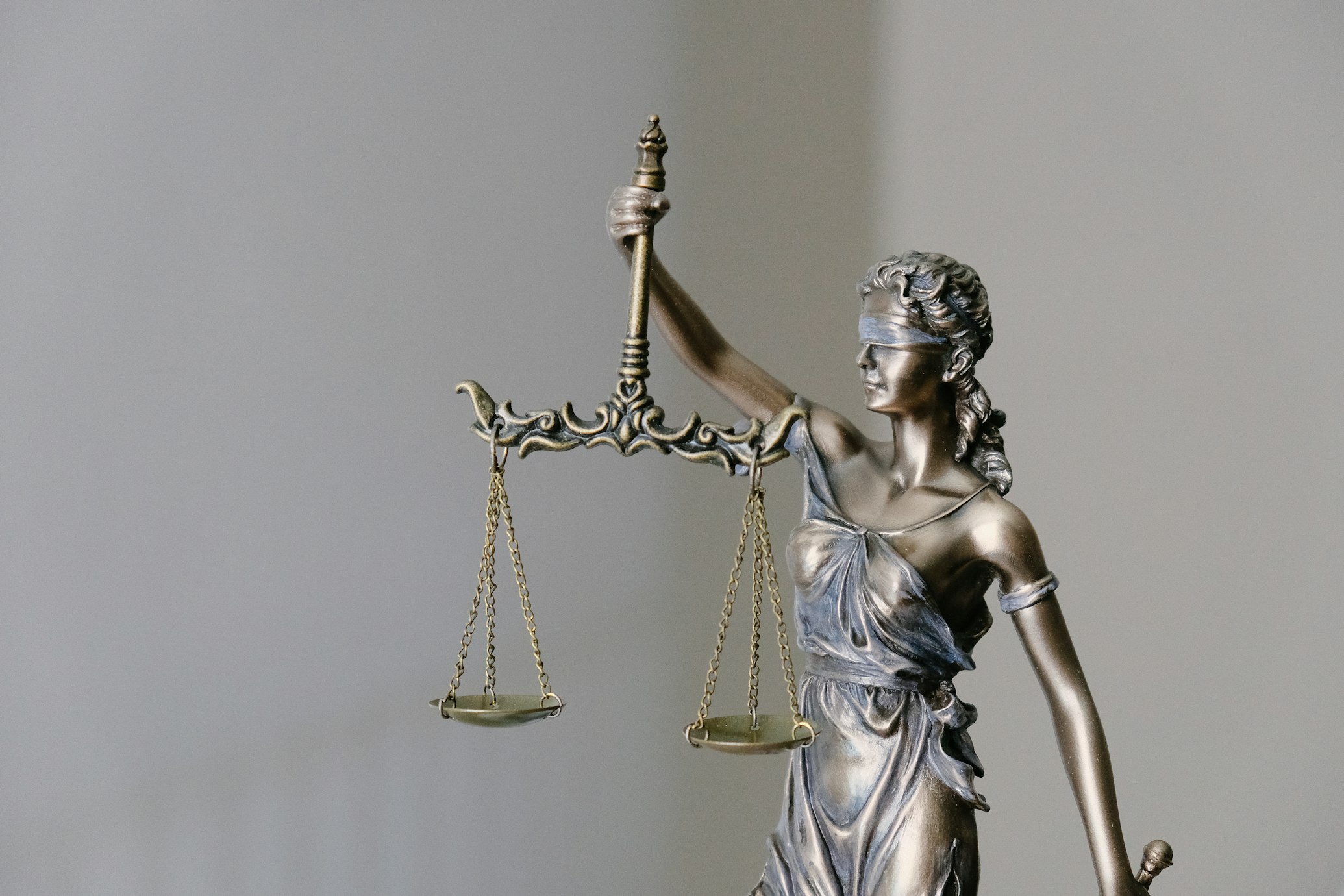What Is Judicial Accountability in India? Meaning, Importance & Challenges
Judicial accountability means holding judges answerable for their actions, just like any other public official. In recent months, the spotlight has returned to this issue—especially after concerns raised over the transparency of the Supreme Court collegium and the ethics of a few high-profile judgments. With growing public debate and calls for reforms, people are beginning to ask: Who watches the watchdogs? As the judiciary plays a vital role in protecting our rights, ensuring its accountability isn't just important—it's essential for a healthy democracy.
Judicial Accountability
Context: Recent instances of judicial misconduct in India have reignited the debate on the mechanisms to hold judges accountable, emphasizing the need for transparency and responsibility in judicial actions.
A speech delivered by Justice Shekhar Kumar Yadav, that made apparent his biases against the Muslim community, has once again spotlighted the difficulty in India's review mechanism to hold judges of the higher judiciary accountable.
What is Judicial Accountability?
-Judicial accountability refers to the principle that judges must take responsibility for their decisions and actions.
-Judicial accountability refers to holding judges answerable for their own action, conduct and decisions within constitutional and legal frameworks.
-It ensures transparency in decision-making and mandates judges to act within the framework of the law, upholding the trust vested in them by society.
Existing Key Mechanism for Ensuring accountability
Impeachment: Governed by Articles 124, 217, 218 of the constitution and the Judges Inquiry Act, 1968.
In-House Mechanism of 1999: Based on two important charters governing judicial ethics- the Restatement of Values of Judicial Life 1997 and the Bangalore Principles of Judicial Conduct 2002.
-The CJI can receive complaints against the conduct of the Judges of the Supreme Court and the Chief Justice of the High Courts. High Court Chief Justices can handle complaints within their courts.
-A three-member committee examines the complaint and may recommend removal or criminal action, For instance, Justice Soumitra Sen and Nirmal Yadav were found guilty through such committees.
1-In case of complaint against a HC judge, committee consists of two Chief Justices of HCs other than the HC to which judge belongs and one HC judge.
2-In case of complaint against a HC Chief Justice, committee consists of a SC judge and two Chief Justices of other HCs.
3-In case of complaint against a SC judge, committee consists of three SC judges.
Provisions for Judicial Accountability:
Constitutional Provisions:
Article 124(4) and 124(5): Allows impeachment of Supreme Court judges for proven misbehavior or incapacity.
Article 217: Impeachment of High Court judges based on similar grounds.
Article 235: Empowers High Courts to control and supervise subordinate courts.
Restatement of Judicial Values (1997): Acts as a code of conduct for higher judiciary members.
Legal Provisions:
Judges (Inquiry) Act, 1968: Establishes a mechanism to investigate misconduct through a three-member panel.
Contempt of Courts Act, 1971: Ensures that judiciary functions independently without undue influence.
Judicial Standards and Accountability Bill (pending): Aims to enhance transparency in judicial conduct and strengthen oversight mechanisms.
Need for Judicial Accountability:
Ensuring Public Trust: Upholding the credibility of the judiciary and maintaining citizens' confidence in the legal system.
Preventing Misconduct: Ensures that judges adhere to ethical standards and constitutional principles.
Enhancing Transparency: Judicial decisions should be open to scrutiny to promote fairness.
Balancing Independence and Responsibility: Prevents misuse of judicial independence for personal or political interests.
Promoting Rule of Law: Ensures decisions are unbiased, equitable, and in line with constitutional mandates.
Examples of Judicial Accountability:
(1) Justice Soumitra Sen's Impeachment (2011): Found guilty of financial misconduct as a court-appointed receiver, showcasing accountability through parliamentary processes.
(2) Justice P.D. Dinakaran's Resignation (2011): Resigned amid allegations of land grabbing and corruption, highlighting the role of public scrutiny in judicial conduct.
(3) RTI and Judiciary (2020): Supreme Court upheld the applicability of RTI to itself, ensuring transparency and accountability in judicial appointments and decisions.
Challenges to Judicial Accountability:
Impeachment Complexity: The current impeachment process is cumbersome, requiring a two-thirds majority in Parliament..
Limited Oversight Mechanisms: Lack of robust external mechanisms to monitor judicial behaviour.
Independence Concerns: Excessive accountability measures may threaten judicial independence.
Resignations before Proceedings: Judges resigning to avoid inquiries hinder the accountability process.
Lack of Transparency: Closed-door deliberations reduce public trust in judicial proceedings.
Way Ahead:
Legislative Reforms: Expedite the passage of the Judicial Standards and Accountability Bill for structured oversight.
Strengthening Internal Mechanisms: Develop independent judicial review bodies to monitor conduct.
Codifying Ethical Guidelines: Expand and enforce the Restatement of Judicial Values.
Public Scrutiny: Enhance transparency through regular publication of judgments and judicial activities.
Training and Awareness: Conduct regular ethical training for judges to ensure adherence to constitutional principles.
Conclusion:
Judicial accountability is pivotal for preserving the judiciary's independence and integrity. Transparent mechanisms and institutional reforms are vital to reinforce public trust and ensure that justice delivery aligns with democratic principles.
